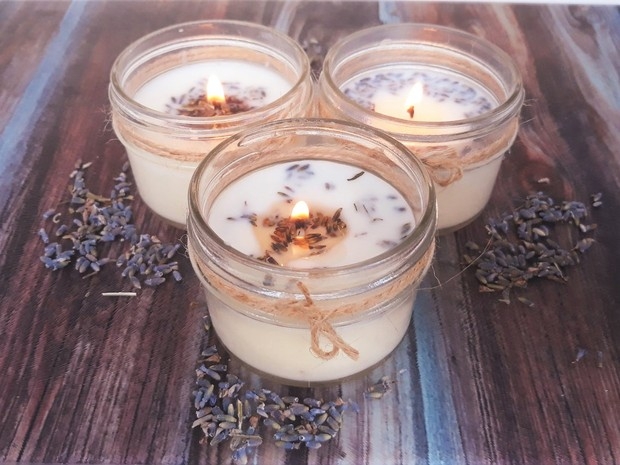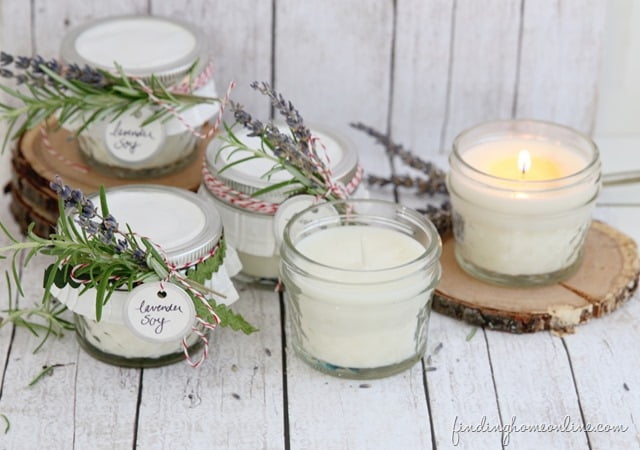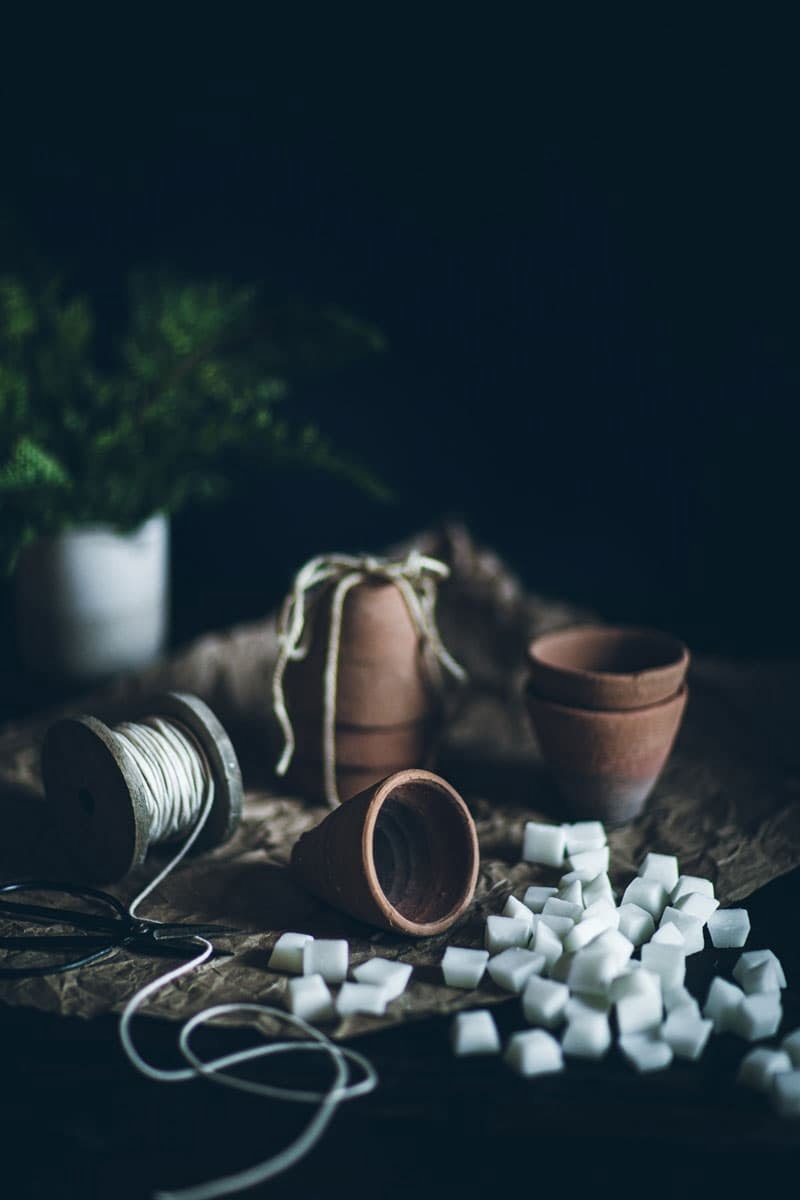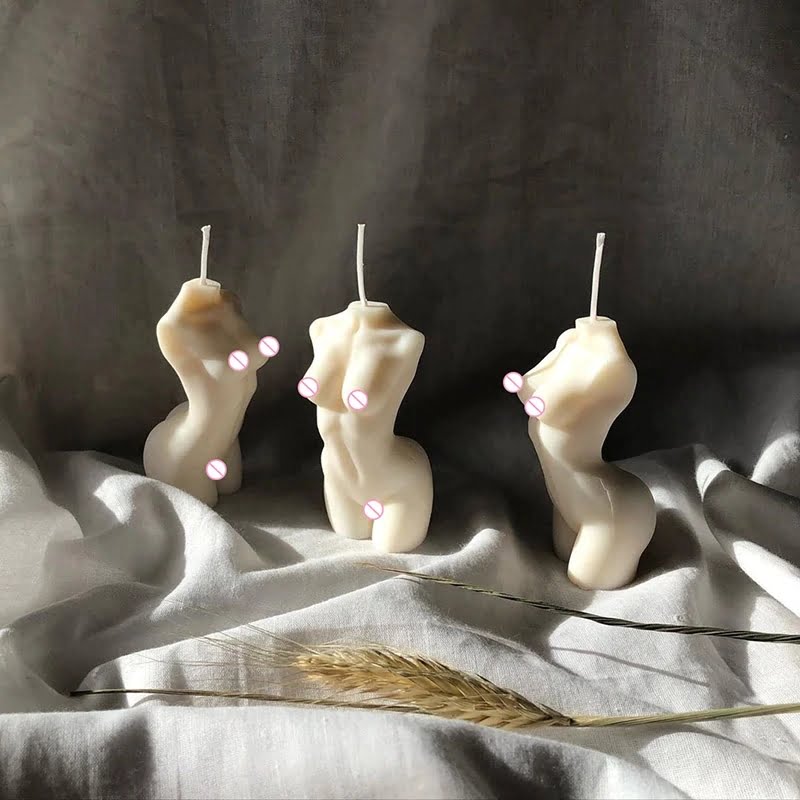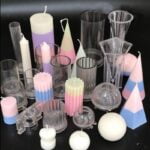Candle making has been an integral part of human history for centuries, providing light and warmth in the absence of electricity. In colonial times, candles were a necessity for daily life, used for lighting homes, churches, and streets.
But beyond their practical use, the process of making candles also played a significant role in colonial society and economy. In this article, we will explore the fascinating world of colonial candle making, uncovering its history, materials used, techniques employed, and even some fun facts that may surprise you.
The art of candle making dates back to ancient times, but it wasn’t until the colonial period that it became a well-established trade in America. The need for reliable lighting sources drove the demand for candles and spurred innovation in production methods. From rendered animal fat to beeswax and bayberry wax, colonial candle makers utilized various materials to create their illuminating products.
As we delve deeper into the topic of colonial candle making, we will examine not only the practical aspects but also its cultural and social significance during this historical era. From notable colonial candle makers to the evolution of techniques over time, there is much to discover about this time-honored craft. So sit back, relax and prepare to be enlightened with fun facts and insights into the world of colonial candle making.
History of Colonial Candle Making
The history of colonial candle making is a fascinating aspect of early American life. Colonial candle making was an essential domestic task in the 17th and 18th centuries, providing light for homes long before the invention of electricity. The process of creating candles was labor-intensive, but it played a crucial role in providing illumination for households after dark.
Colonial women were primarily responsible for crafting candles at home. They would collect tallow, the fat from cattle or sheep, and render it into a solid form to create the base material for their candles.
This process required patience and skill, as the quality of the tallow would directly impact the effectiveness of the candle. The wicks used in colonial candle making were typically made from braided cotton or flax, and they had to be carefully positioned in molds before pouring in the hot tallow.
One fun fact about colonial candle making is that while most households used tallow candles due to their affordability, wealthier colonists could afford beeswax candles. Beeswax was more expensive but produced higher-quality candles that burned cleaner and with less odor than tallow. Additionally, many colonies passed laws regulating candle making and sales to ensure quality standards were met, reflecting the significance of this industry in early American society.
| Fun Fact | Description |
|---|---|
| Tallow vs. Beeswax | Wealthy colonists used beeswax due to its higher quality. |
| Regulations | Many colonies had laws governing candle making for quality control. |
Materials Used in Colonial Candle Making
Wax Sources
During colonial times, candles were primarily made from two main sources of wax: animal tallow and beeswax. Animal tallow was the most common type of wax used, as it was easily accessible and affordable for the average colonial family. Tallow candles were made from the fat of cattle or sheep, which was rendered and then poured into molds to create the candles.
On the other hand, beeswax was considered a luxury item due to its scarcity and cost. It was typically reserved for use in churches and wealthy households.
Additives and Fragrances
In addition to wax, colonial candle makers also used various additives and fragrances to enhance the quality and scent of their candles. For example, bayberry wax, derived from boiling bayberries, was used to create highly fragrant candles with a distinctive aroma. Some candle makers also added herbs, spices, or essential oils to their candle formulas to create custom scents that appealed to their customers.
Wick Materials
The wicks used in colonial candles were typically made from cotton or flax fibers. These materials were twisted together tightly to form a sturdy wick that could withstand the heat of the burning candle without disintegrating too quickly. The quality of the wick played a crucial role in how well the candle burned and how long it would last, so candle makers took care in selecting and preparing their wick materials.
These materials used in colonial candle making demonstrate the resourcefulness and ingenuity of early American settlers as they worked with what was readily available to them. Today, these traditional materials are still valued by modern candle enthusiasts who appreciate the history and craftsmanship behind colonial candle making techniques.
Techniques and Tools of Colonial Candle Making
The art of colonial candle making is not only a crucial part of history but also a fascinating process filled with interesting details. One fun fact about colonial candle making is that, in the 18th century, making candles was a common household chore and it was often the responsibility of women and children to create them. It was a labor-intensive task that required meticulous attention to detail.
Another intriguing aspect of colonial candle making is the variety of materials used to create candles. Instead of the commonly used paraffin wax today, colonists utilized tallow, beeswax, and bayberry wax for their candle-making needs. Each material had its own unique properties that affected the quality and longevity of the candles.
Furthermore, during colonial times, the technique used to mold and shape candles involved dipping wicks repeatedly into melted tallow or beeswax. This method required patience and skill as each layer needed to be carefully added to achieve the desired thickness for the candles. The tools employed in this process included metal molds for shaping, as well as dipping racks and vats for holding the melted materials.
Intriguingly, these fun facts about colonial candle making reflect the resourcefulness and ingenuity of early settlers in America as they worked with the materials readily available to them in order to light their homes and workspaces.
| Fun Fact | Description |
|---|---|
| Candle Making Responsibility | In colonial times, women and children were responsible for making candles. |
| Variety of Materials | Colonists used tallow, beeswax, and bayberry wax instead of paraffin wax. |
| Technique and Tools | Candles were made by repeatedly dipping wicks into melted tallow or beeswax using metal molds and dipping racks. |
Role of Candles in Colonial Times
Candles played a crucial role in colonial times, serving as the main source of light after the sun went down. Without electricity, colonists relied on candles to illuminate their homes and workplaces, allowing them to carry out tasks and activities even when it was dark outside. In addition to providing light, candles were also used for various other purposes in colonial times.
Multi-Purpose Use
Candles were not only used for lighting, but also for heating and cooking. In the absence of modern stoves and ovens, colonists would use candles to heat up small spaces or cook simple meals. The versatility of candles made them an essential item in every colonial household.
Social Significance
In addition to their practical uses, candles also held social significance in colonial times. They were often used to mark special occasions such as religious ceremonies, weddings, and funerals. The soft glow of candlelight added a sense of ambiance and solemnity to these events, making them even more memorable for those in attendance.
Economic Importance
Colonial America had a thriving candle-making industry, with many individuals and families producing candles as a means of income. Candles were in high demand throughout the colonies, creating job opportunities for many people. This economic significance demonstrates the vital role that candles played in colonial society beyond their practical and social uses.
The role of candles in colonial times was truly multi-faceted, making them an integral part of daily life for early Americans. With their many uses and cultural significance, it’s no surprise that candle making became such an important skill during this period.
Fun Facts About Colonial Candle Making
Colonial candle making may seem mundane, but there are some fascinating fun facts that add depth to this traditional craft. Here are some interesting tidbits about colonial candle making:
- Beeswax or tallow was the primary ingredient for colonial candles. Tallow, the fat of cattle or sheep, was more commonly used due to its affordability and accessibility. Beeswax, on the other hand, was considered a luxury item and reserved for special occasions or church ceremonies.
- Colonial women played a significant role in candle making. It was considered one of their domestic duties, and they often gathered together for “candle-making parties” where they would socialize while dipping wicks into boiling tallow.
- Early American colonists primarily used candles made from animal fat or beeswax as their main source of light after dark. Since candles were expensive to make and difficult to obtain, families would carefully preserve them and only light them when necessary.
These fun facts provide insight into the importance of candle making during colonial times and how it shaped daily life for early settlers in America.
Notable Colonial Candle Makers
During colonial times, candle making was an essential skill that was often passed down through generations. There were several notable colonial candle makers who became well-known for their expertise in the craft. Here are some fun facts about these influential figures:
1. Sarah Goodridge: Sarah Goodridge was a successful portrait artist and candle maker in Boston during the early 19th century. She gained recognition for her intricate wax portrait miniatures, which she created using the same techniques as candle making. Goodridge’s talent and innovation in the art of candle making made her a celebrated figure in both the art and crafting communities.
2. Joseph Davis: Joseph Davis was a prominent colonial candle maker known for his exceptional talent in creating scented candles. He developed unique techniques for infusing candles with fragrances such as lavender, vanilla, and cinnamon, which became highly sought after by wealthy colonial families. Davis’ scented candles were considered a luxury item and were often used to enhance the ambiance of grand social gatherings and events.
3. Elizabeth Proctor: Elizabeth Proctor, wife of John Proctor who was executed during the Salem Witch Trials, was also known for her skills in candle making. She utilized various natural materials such as beeswax and bayberry wax to create long-lasting and aromatic candles that were widely admired in the community.
These notable colonial candle makers played a significant role in shaping the evolution of candle making techniques and contributed to the legacy of this traditional craft. Their expertise and creativity continue to inspire modern-day artisans and enthusiasts in preserving the art of colonial candle making.
Evolution of Colonial Candle Making Techniques
In the early colonial days, candle making was a necessary skill for every household. However, as time passed, new techniques and methods began to emerge, leading to the evolution of colonial candle making. One interesting fact about this evolution is that colonists started using bayberry wax to make candles instead of animal fat.
Bayberry wax was a more expensive option, but it produced a clean-burning candle with a pleasant aroma. This shift in materials marked an important turning point in colonial candle making.
Another fun fact about the evolution of colonial candle making techniques is the introduction of molded candles. Instead of the traditional practice of dipping wicks into wax repeatedly to build up layers, colonists began using molds to create uniform and symmetrical candles. This innovation not only improved the efficiency of candle production but also allowed for more decorative and ornate designs.
Furthermore, as advancements in technology and trade developed, colonial candle makers gained access to a wider variety of materials and tools. They started experimenting with different waxes such as spermaceti and beeswax, which offered varying qualities and burning times.
Additionally, new tools like metal molds and wicking machines revolutionized the process, making it easier for colonial candle makers to produce larger quantities of candles. The evolution of these techniques paved the way for the commercialization of candle making and contributed to its widespread availability across colonial America.
Modern-Day Applications of Colonial Candle Making Skills
The art of colonial candle making has not been lost to history. In fact, it continues to thrive in modern times, albeit with some modifications and innovations.
One modern-day application of colonial candle making skills is the revival of traditional methods and techniques in artisanal candle making. Many crafters and hobbyists have taken an interest in learning and preserving the historical methods of creating candles, using materials such as beeswax, tallow, and natural dyes just as they were used in colonial times.
Moreover, the demand for handcrafted and all-natural products has led to a resurgence in the popularity of colonial-style candles. Consumers today are more conscious about the ingredients used in their household items, including candles.
As a result, there is a growing market for candles made using traditional colonial techniques that do not contain synthetic fragrances or paraffin wax. This has created opportunities for artisans who specialize in colonial candle making to showcase their craftsmanship and offer their unique products to a discerning audience.
Furthermore, the knowledge and skills acquired from studying colonial candle making have paved the way for innovative approaches in modern candle production. Companies that specialize in mass-producing candles have drawn inspiration from historical techniques and materials to create new lines of environmentally friendly and sustainable products. This demonstrates how the legacy of colonial candle making continues to influence contemporary practices, ensuring that this time-honored craft remains relevant in today’s world.
Conclusion
The art of colonial candle making has left a lasting legacy that continues to be appreciated and celebrated today. From the humble beginnings in the early colonies to the modern-day applications, the tradition of crafting candles has evolved over time. The history, techniques, and materials used in colonial candle making have all played a significant role in shaping this legacy.
From using tallow and beeswax to experimenting with new materials, colonial candle makers were resourceful and innovative. They utilized various techniques and tools to create candles that served as an essential light source during colonial times. These candles not only illuminated homes but also played a vital role in religious ceremonies, social gatherings, and even as a form of currency.
One fun fact about colonial candle making is that it was often a communal activity, bringing families and communities together. Notable figures emerged as skilled candle makers, leaving behind their mark on history. The evolution of colonial candle making techniques has paved the way for modern-day applications, with an emphasis on artisanal craftsmanship and sustainable practices. The legacy of colonial candle making lives on through its impact on culture, economy, and the art of handcrafted goods.
Frequently Asked Questions
What Were the Facts About Candle Making in Colonial Times?
In colonial times, candle making was an essential skill for households as there was no electricity. Candles were typically made from tallow or beeswax, with tallow being more common among the average population due to its affordability.
What Are Some Historical Facts About Candles?
Candles have been used for thousands of years, with evidence of their existence dating back to ancient Egypt and Rome. In the Middle Ages, candles were primarily made from beeswax by churches and the wealthy, while the general populace used tallow candles.
What Tools Were Used to Make Candles in Colonial Times?
Colonial candle makers used various tools to craft candles, including a melting pot or cauldron to heat the tallow or beeswax. They also used molds made from tin or pewter to shape the candles, as well as wicking material made from cotton or flax to create the wick of the candle.

Welcome to my candle making blog! In this blog, I will be sharing my tips and tricks for making candles. I will also be sharing some of my favorite recipes.

